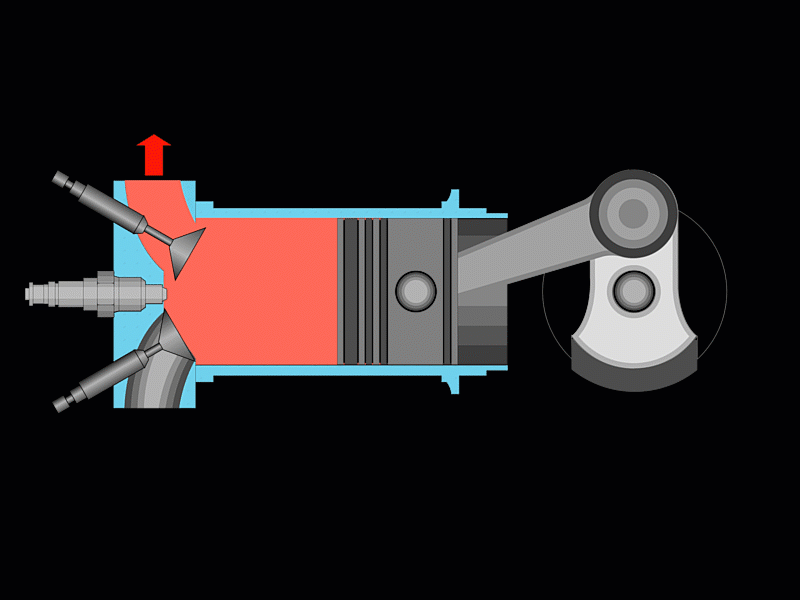Relationship Between Heat Transfer and Thermodynamics — Lesson 2
An internal combustion engine (ICE) relies on the principles of thermodynamics to estimate the thermal efficiency of an ideal engine cycle. However, an ICE designer must also understand the rate of transport of thermal energy in the engine (including the heat loss from the cylinder). Determining this rate of heat transfer to and from the piston-cylinder assembly, and thus the time of heating or cooling, in addition to the temperature distribution of the cylinder, piston and the gas, is explained by heat transfer.
Heat transfer and thermodynamics are two complementary branches of science. Thermodynamics deals with equilibrium states by outlining the relationship between energy and work, while heat transfer describes the physical mechanism to understand the transport of energy. Heat transfer paints a complete picture of the thermodynamic processes. In this lesson, we will explore the relationship between heat transfer and thermodynamics. We will recall the famous laws of thermodynamics and recap the energy equation.
For a detailed understanding of the laws of thermodynamics, please have a look at the following lesson from the “Compressible Flows” learning track.
In order to understand the details of the derivation, as well as a physical understanding, of the energy equation, please watch the following video from our “Basics of Fluid Dynamics” learning track.
Here are the accompanying handout slides for the lesson.

